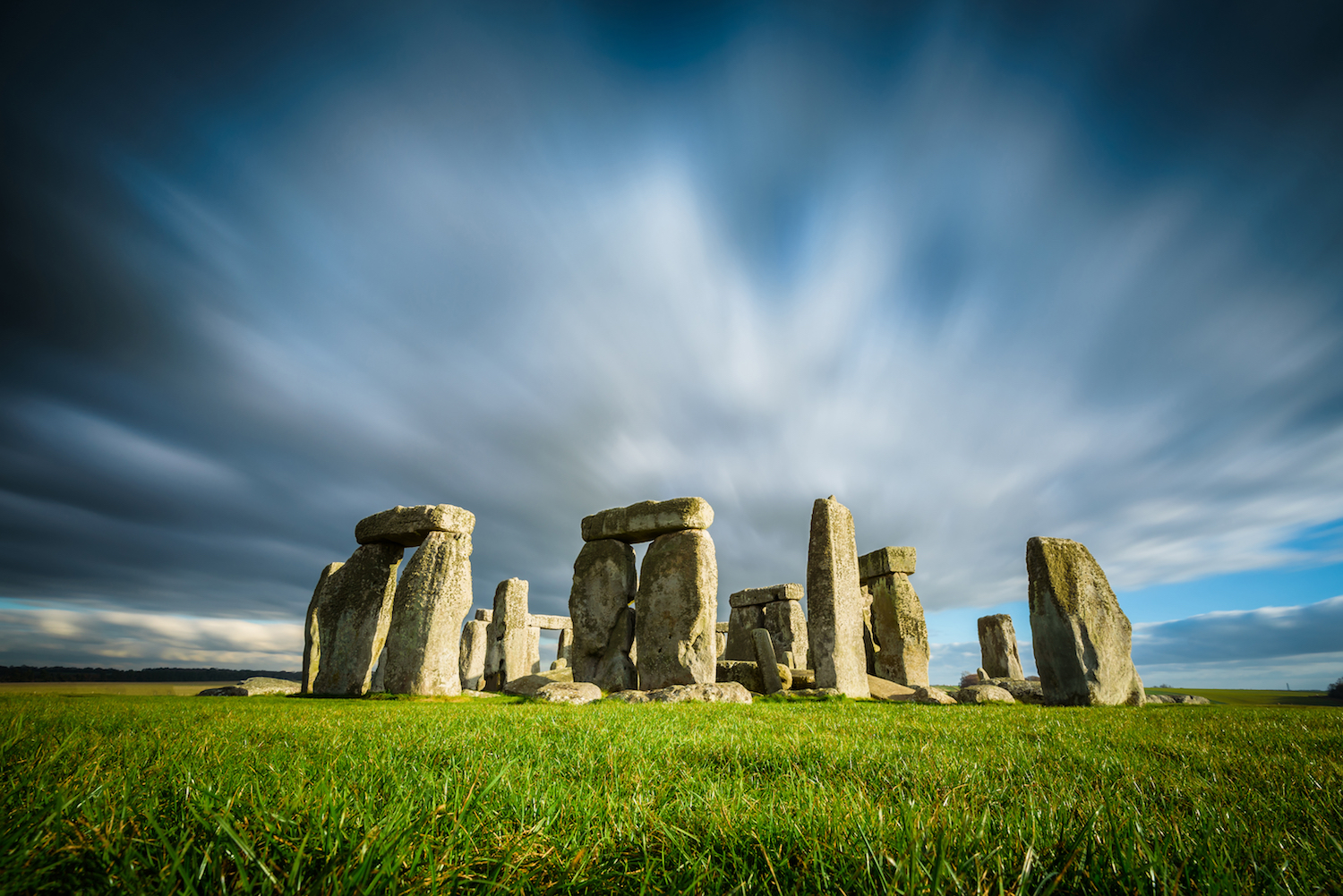Stonehenge Archaeologists Furious at Construction Crew Accused of ‘Smashing’ a 6,000-Year-Old Platform

Archaeologists at Stonehenge have accused a highway construction company of drilling through a 6,000-year-old platform at Blick Mead — an ancient settlement about 1 mile (1.6 kilometers) east of England's famous stone circle.
According to the BBC, the digging was part of a plan to construct a 1.8-mile (2.9 km) tunnel below Stonehenge, which was approved several years ago to ease traffic around the popular historic site.
Highways England, a government-owned company in charge of the construction project, was reportedly checking the water levels at Blick Mead when engineers bored a 10-foot-deep (3 meters) hole through a platform made of flint and animal bone, dating to about 4,000 B.C. David Jacques, lead archaeologist at Blick Mead, told the BBC that the platform contained several hoof prints of aurochs — an ancient species of cattle believed to have roamed the area for millions of years before going extinct around the year 1600 — preserved in what appeared to be a "ritualistic" manner. [Stonehenge: 7 Reasons The Mysterious Monument Was Built]
"It's complete vandalism," Jacques told NBC News. "We have dug in the area since 2005, carefully sieving and working at times with toothbrushes. And for them to have come in and done things with a hand drill and just smashed through the surface is really upsetting and appalling."
Highways England denied any damage to the archaeological site. A spokesperson told NBC that the highway construction project "will have no significant effects on the Blick Mead area," and that all work so far has been carried out under the supervision of an archaeologist.
Archaeologists and advocacy groups like the Stonehenge Alliance have opposed various plans to widen the highway near the historic site for decades, arguing that the digging would cause "irreparable damage to the landscape."
Stonehenge is a World Heritage site, legally protected by international treaties for its cultural import. In 2017, nearly 1.6 million tourists visited the site, according to statistics from the U.K.’s Association of Leading Visitors' Attractions.
Get the world’s most fascinating discoveries delivered straight to your inbox.
- The 25 Most Mysterious Archaeological Finds on Earth
- Images: One-of-a-Kind Places on Earth
- Top 10 Mysteries of the First Humans
Originally published on Live Science.

Brandon is the space / physics editor at Live Science. With more than 20 years of editorial experience, his writing has appeared in The Washington Post, Reader's Digest, CBS.com, the Richard Dawkins Foundation website and other outlets. He holds a bachelor's degree in creative writing from the University of Arizona, with minors in journalism and media arts. His interests include black holes, asteroids and comets, and the search for extraterrestrial life.


